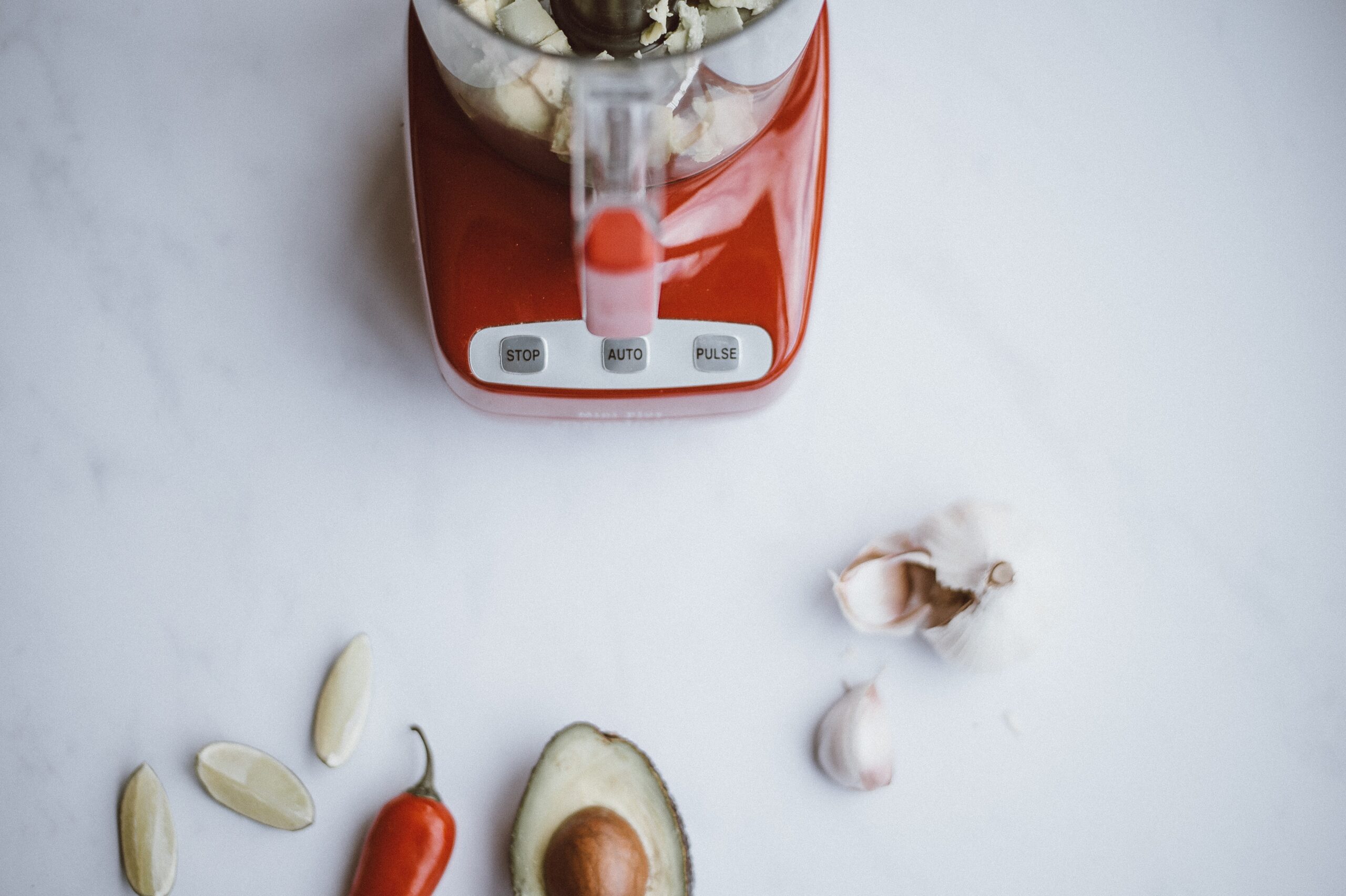What Top Expect When Looking For Food Processors [AD]

Since spinning onto the cooking scene way back in the early 60’s, food processors have become a staple in modern kitchens, and is considered a crucial item by most cooks.
Labour-intensive kitchen chores like chopping, slicing, grinding, mincing, pureeing and shredding are a thing of the past with a food processor! Preparation time is much less, and the end result is far more predictable.
The process is much easier with a food processor, no matter your current cooking skills.
Why should I have one?
A food processor gives you similar results to what many manual kitchen tasks would achieve, except with less clutter and work, and more time and space in which to operate. It is the single-appliance secret weapon that empowers you to do everything you would like to do in the kitchen, in a fraction of the time. Far less mess, far less hassle, and far quicker results should be enough reason to get one!
Maintenance
Just like any other appliance, your food processor needs to be properly taken care of or else problems will occur. Food processors are perfect for chopping up food into small pieces, but if you are not using it correctly you could potentially damage it.
How does it work?
Most food processors have S-shaped blades, which can be used to achieve a range of end results. You might also see a dough blade, a grating disc, or even an attachment for cutting fries! With a food processor, you will find yourself suddenly enabled to make all the weird and wonderful things you’ve always wished you could!
Always cut your ingredients into small pieces for the best results, and never fill the bowl beyond its limit. More or less half full is a good guideline to use. The pusher-accessory is the only thing you should use to guide ingredients down the feed tube, which should ideally be done in small quantities at a time.
What can I use it for?
Most food processors feature two kinds of blades, made of stainless steel and plastic. To chop ingredients, shred, grate or mince, the steel blades go in the bottom of the bowl and rotate at high speeds. Wondering about what on earth a plastic blade could do? It beats and mixes, and is particularly useful for making dough.
Certain foods don’t do well in a food processor, and become over processed and gunky quickly. You will learn as you go which foods do and do not work in a food processor – a lot of it is trial and error. Our tips below will show you how to clean your new machine:
How to clean your food processor
A mixture of water and baking soda is a surefire way of lifting clingy odours from your machine. Just let it sit for 15 minutes before rinsing.
- Make sure to dry it well.
- Never skip cleaning it after using it!
- Use a nylon scrubber to get stubborn residue out.
- Any cook who values multi functionality should definitely not be without a food processor!
Image Credits:
Annie Spratt on Unsplash
Annie Spratt on Unsplash
Andrea Niosi on Unsplash
Creatv Eight on Unsplash




